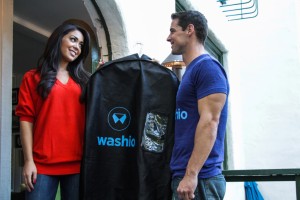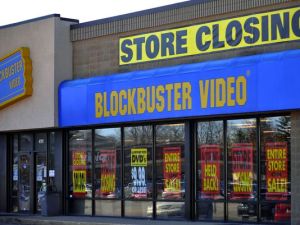The Rationale Behind On-Demand Mobile Uber for Everything
It started with information. In a time when humans had to schlep to the library and look up references in a card catalog, search engines delivered the world’s knowledge with the click of a button.
Then came entertainment. Remember when we had to drive to Blockbuster, or at least to the RedBox kiosk outside of Safeway? Netflix condensed the process to three taps.
Last summer, I had a conversation with an investor who urged Barnacle to move into the local food delivery market. We need an Uber for food, he said.
There were (and still are) tons of startups scrapping to do just that. Doordash, Seamless, Postmates…
None of them are very good, he said. Deliveries can take upwards of 30 minutes in the city. I ordered a sandwich and by the time it arrived the fries were all soggy.
Oh, the humanity.
Around the same time, all sorts of instant-gratification startups were closing rounds of fundraising. Uber for flower delivery, Uber for dog walking, Uber for dirty laundry. Things were looking a little ridiculous. Are startup founders soiling themselves at such inopportune times that they need on-demand dry-cleaning?

The interesting thing is that these startups aren’t just catering to the criminally lazy. They’re collapsing entire value chains into a mobile app. On-demand mobile services deliver full-stack experiences that combine everything from discovery to confirmation to payment to fulfillment.
Consumers have grown inured to many sources of friction: Searching for price comparisons, checking for business hours, aligning our own availability, putting on pants, and scheduling for a completion time. It isn’t until we experience something truly delightful, mobile, and on-demand, that we realize just how unpleasant the old practice really was. Full-stack services distill a series of thoughts and decisions into just one.
Our ancestors had to get off the couch and stab a mastodon to death before they could eat dinner. I’m sure even they would agree that there’s something magical about having a chicken tikka masala delivered with three taps.
See Also:
Uberification of the US Service Economy –Schlaf Notes





